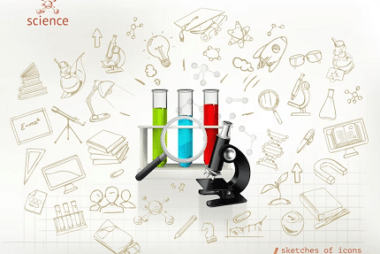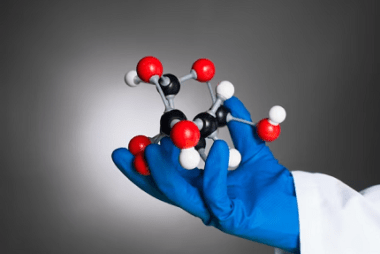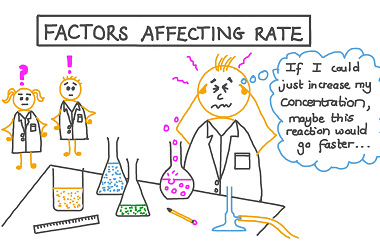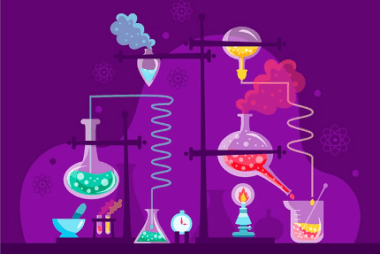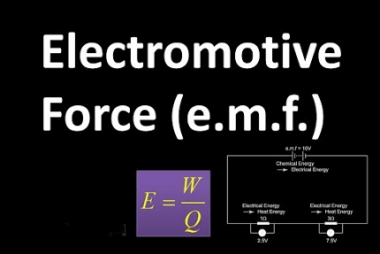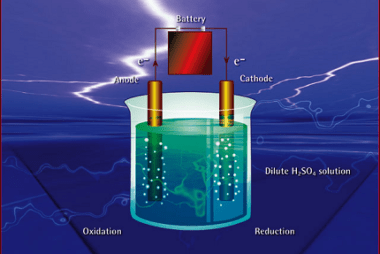Integrated Course AIIMS-SYLLABUS Chemistry syllabus Surface Chemistry
Chemistry Surface chemistry is a branch of chemistry that deals with the study of phenomena that occur at the interface of two phases, such as the surface of a solid and a gas or liquid. It focuses on understanding the behavior of molecules, ions, and atoms at the surfaces and interfaces of materials. Some key…
